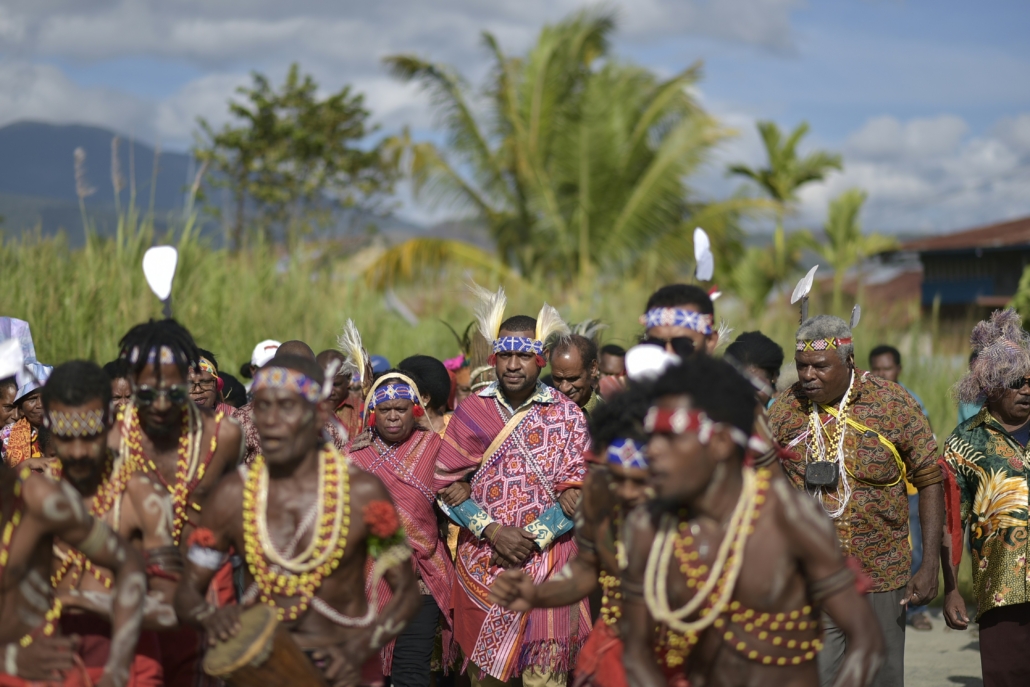 Fiji, an archipelago made up of 300 islands and 540 islets in the Pacific Ocean, has declared an HIV outbreak after the alarming spike in cases over the last few years. According to experts, “since the first reported case in 1989, HIV-1 incidence in Fiji has increased by about tenfold, from 0.7 per 100,000 in 2000 to 7 per 100,000 in 2021. While this increase is largely due to improved diagnostic capacity, it is also suspected to reflect a growing epidemic.” Here is more information about HIV/AIDS in Fiji.
Fiji, an archipelago made up of 300 islands and 540 islets in the Pacific Ocean, has declared an HIV outbreak after the alarming spike in cases over the last few years. According to experts, “since the first reported case in 1989, HIV-1 incidence in Fiji has increased by about tenfold, from 0.7 per 100,000 in 2000 to 7 per 100,000 in 2021. While this increase is largely due to improved diagnostic capacity, it is also suspected to reflect a growing epidemic.” Here is more information about HIV/AIDS in Fiji.
Causes
The Fijian Health Ministry credits the rise in HIV/AIDS cases in Fiji to illegal drug usage. There are two particular practices that are said to have caused the spike in cases, which are “bluetoothing” and “chem-sex.” However, others believe that the rise of cases is due to the lack of funding and research in HIV/AIDS as a whole. According to an EastAsiaForum article, “before 2012, they used a combination prevention approach to HIV. Funding had ramped up in 2008 through the HIV and STIs Regional Response Fund… [but] in 2013, the HIV Regional Response funding ended.” This may have played a significant role in the spike of HIV/AIDS cases in the Fijian Islands.
Financial Implications
The HIV/AIDS outbreak has not only severely impacted the health of Fijians but also their finances and quality of life. Fiji’s increasing rates of urbanization, which have caused homelessness and unemployment, have also contributed to the HIV/AIDS epidemic in Fiji. Additionally, a large part of Fiji’s economy is reliant upon tourism, as they are still recovering from COVID-19. A reputation hit that could come from this outbreak would be detrimental to the Fijian economy, which would likely make the spread even worse, as it is disproportionately affecting those who are economically struggling.
Responses to the Spike
In January 2025, Fiji announced a 90-day containment plan that will guide the nation’s AIDS response until 2027. This is the start of the prioritization of HIV research in Fiji and helping the most vulnerable among the population get the treatment they need. However, there is still the underlying concern that some people who are HIV positive in Fiji are not aware of their status, and those who are too afraid to receive the care that they need due to prejudice and the stigmatization of the condition. Minister Lalabalavu, the minister of Health and Medical Services of Fiji, says that “discrimination and stigma will only serve to make our current situation worse.”
In order to combat this, there are many movements to increase education on HIV/AIDS in hopes of increasing knowledge and reducing stigma, such as the HIV Surge Strategy 2024-2027 that the Fijian government has endorsed. The focus of the strategy is based on intersecting issues that contribute to the rise in HIV cases, such as prevention, treatment, harm reduction, human rights and social justice. Additionally, it plans on coordinating public health responses due to the presence of hard drugs within the Fijian community.
Government Intervention
UNAIDS Deputy Executive Director Jan Beagle said, “The most effective results can only be achieved through partnership across sectors, through strong leadership, and with community at the center. By taking AIDS out of isolation, the impact can go far beyond the AIDS response.” Displaying that this issue has become a government issue, and due to this the government has given Fijian $FJ200,000 for its HIV/AIDS Prevention and Control Programme, a program that targets the prevention of drug use in underprivileged communities as well as destigmatizing testing centers and HIV itself, in the 2023-2024 budget and is only adding more every year to combat this crisis.
Looking Ahead
While the outbreak of HIV/AIDS in Fiji has extremely affected the country’s population, the increasing awareness towards this issue has allowed them to fight back and take control over their health. However, it is still important to continue raising awareness towards this topic. HIV/AIDS disproportionately affects Fijians that come from low-income communities, and the lack of knowledge has made the spread worse. Therefore, continued efforts are essential to ensuring that these people get the education and support they need to slow the spread.
– Sydney Carr
Sydney is based in San Diego, CA, USA and focuses on Global Health for The Borgen Project.
Photo: Unsplash

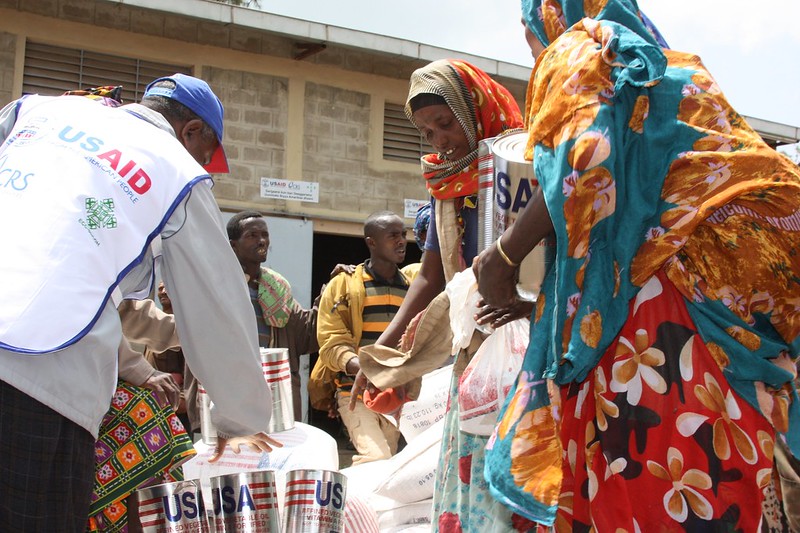 Ethiopia is the largest recipient of USAID in sub-Saharan Africa.
Ethiopia is the largest recipient of USAID in sub-Saharan Africa. 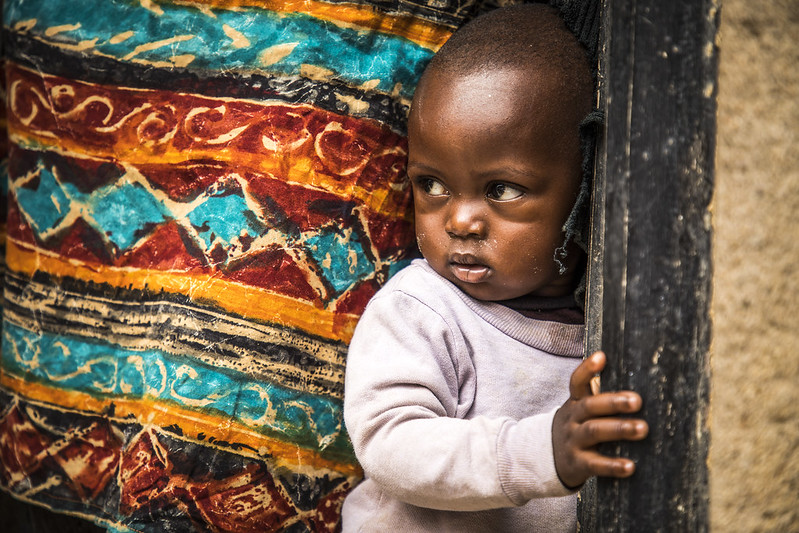
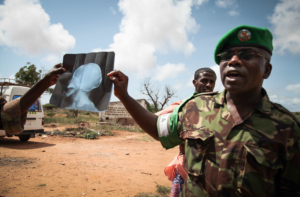
 In
In 


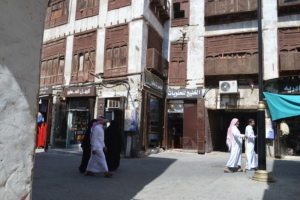 Studies conducted
Studies conducted 